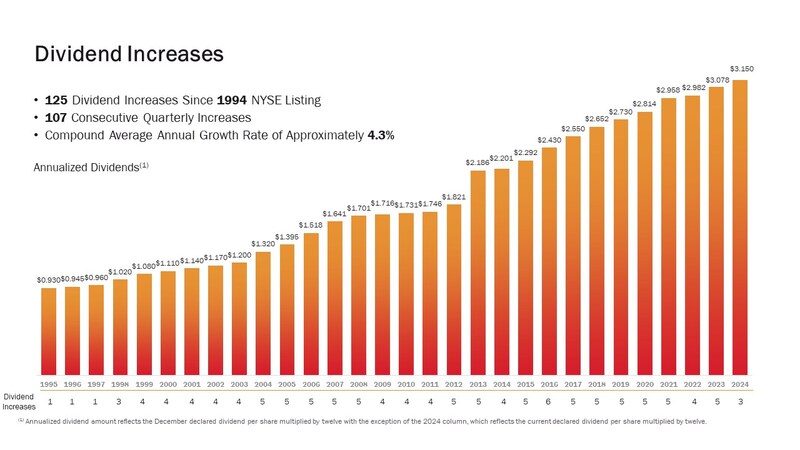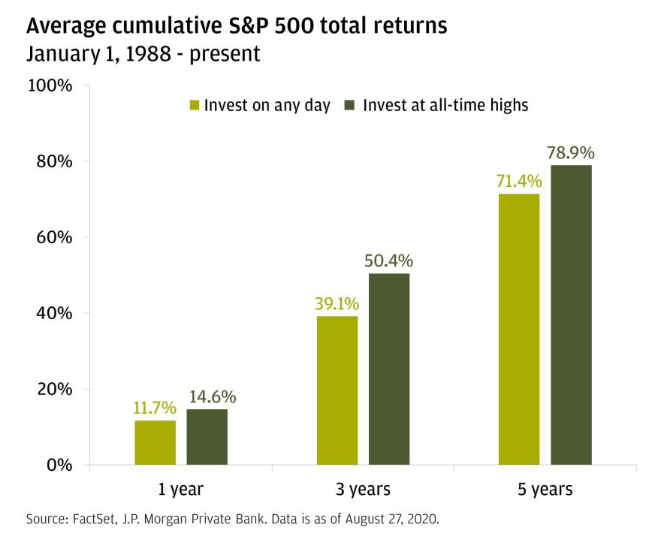I love reading stories about everyday people, who were able to accumulate wealth with long-term dividend investing.
These stories reiterate how to achieve success with investing:
1. Start early
2. Invest prudently
3. Have patience
4. Give your investments time
5. Let the power of compounding do the heavy lifting
Today's story is from one my favorite books on dividend investing. The book is The Ultimate Dividend Playbook: Income, Insight and Independence for Today's Investor, and it was written by Josh Peters, who was the editor of Morningstar Dividend Investor.
The story covers Marjorie Bradt, an everyday investor who was gifted some old AT&T stock between 1955 - 1962 from her father. The stock was worth $6,626 then, which was not a small amount of course. But she did not sell it. She signed up for the company's dividend reinvestment plan, and then held on to any spin-offs in the process.
By 1999, that investment had blossomed into 10 companies, worth more than $1 Million total..
You can read the part about Marjorie Bradt from the book below:
A Role Model
Dividend investors have few heroes, at least as far as you can discover by browsing the bookshelves at Barnes & Noble or reviewing a year's worth of cover stories in Fortune or Business Week. Indeed, dividends may be the most misunderstood aspect of investing in stocks, to the extent people bother to understand dividends at all. Most professionals are indifferent to dividends, and a surprisingly large minority are downright hostile. Even the fans of dividends you might see on TV or read about in a magazine are usually on their way somewhere else, collecting dividends just to kill time while waiting for other opportunities to crop up. True fans, those who understand the critical role of dividends over the long run, are very rare in the professional ranks.
As editor of a monthly newsletter devoted to the topic, Morningstar DividendInvestor, I am one of those rare professionals. And while I admire Warren Buffett, Peter Lynch, Marty Whitman, and many other famously successful and articulate investors as much as anyone, my true hero is—drum roll, please Marjorie Bradt.
Don't spend too much time trying to place her name; she's never been featured on CNBC or mentioned in the Wall Street Journal. She's never written a book about investing or managed a mutual fund. Indeed, the stock market has never even been a hobby of hers. Yet I'm willing to bet that Marjorie's long-term investment record beats the vast majority of investors over the past half century.
I became familiar with Marjorie's remarkable record while working as an assistant to a stockbroker in 1999. Marjorie and her husband, Don, were get- ting their ample estate in order, and they needed cost basis information for their seven-figure portfolio. Given this task, I was handed a folder six inches
thick with old statements, some dating back to the 1950s. The best information I had was their current portfolio, almost all of which consisted of the various corporate descendants of AT&T, the original Ma Bell.
Working backward from what they owned in 1999, I noticed that Marjorie's account was marked by a distinct lack of active management. All she did, it seemed, was reinvest her dividends-quarter after quarter, year after year, decade after decade. When AT&T broke up into a long distance-only carrier and the seven baby Bells, Marjorie held on to all eight stocks. When Southwestern Bell bought Pacific Telesis and Ameritech, she held on. When AT&T went on to spin out Lucent, and US West spun out MediaOne, she held on to those, too.
After more than a day's worth of work, I finally found the root of Marjorie's wealth: a handful of gifts of AT&T stock given to her by her father between 1955 and 1962. Their original value totaled $6,626. Very early on, she signed up for AT&T's dividend reinvestment plan. Instead of getting penny-ante dividend checks every three months, she turned those payments into additional shares, which led to more dividends, and so on. As AT&T prospered and raised its dividend rate, the value of each share rose as well as did the Baby Bells' dividends and share prices. By 1999, this investment had blossomed into a portfolio of ten separate stocks worth more than $1 million—all of them descendants of the original Ma Bell.
I was astounded. Here was all this wealth, but Marjorie hadn't lifted a finger to earn it. She hadn't foreseen the raging inflation of the 1970s, the surge in gold, the run of small caps, then large caps, then small caps again. She didn't predict anything—and she didn't have to. She just held and held, reinvesting every dividend, letting these rising dividend payments do all of the work.
The beauty of Marjorie's experience is its simplicity: Anyone could have done the same, even if virtually no other investors did. No PhD, MBA, or CFA was required; math skills learned in junior high school could suffice. Marjorie didn't have to trouble herself with a market-timing strategy or the pursuit of the next Microsoft. And it isn't as though AT&T was a diamond in the rough in the 1950s; back then the company owned almost every telephone in America. Other companies were growing faster, but millions of investors held stock in Ma Bell, drawn in by the same thing that made AT&T attractive to Marjorie's parents: large, steady, and growing dividends.
Marjorie thus traded the usual investor attempts at prescience for a combination of dividends and patience - and rarely does one find an example of such a richly rewarding investment strategy.









